What are the most common trees in the UK?

Volunteer content writer
Did you know there are more than 60,000 species of tree across the world? From the mighty oak to the weeping willow, the UK is home to a small but special proportion of them. We’ve put together a list of some of our most numerous species and how you can spot them on your next woodland walk.
We’ve only included native species. This means they were already growing here before the UK disconnected from mainland Europe and weren't introduced by humans.
Alder (Alnus glutinosa)
- Where to find it: often in moist ground such as marshes and wet woodland.
- How to identify: look out for the female catkins - small brown cones that stay on the tree all year round.
- Did you know: it's said that alder flowers are used to dye the clothes of fairies. The dark green colour keeps them hidden in the forest!
Beech (Fagus sylvatica)
- Where to find it: normally on drier, well-drained soils like chalk and limestone.
- How to identify: leaves have hairy edges and produces four-lobed seed cases that fall to the forest floor.
- Did you know: the beech is a symbol of femininity and considered the queen of British trees.
English oak (Quercus robur)
- Where to find it: very common and particularly numerous in southern and central England.
- How to identify: look for distinctive leaves with rounded lobes and short leaf stalks.
- Did you know: oaks can grow up to 40m tall, but may shorten over time to extend their lifespan.
Hawthorn (Crataegus monogyna)
- Where to find it: often in hedgerows and scrubland as well as woods.
- How to identify: hawthorn has clustered white flowers with five petals and spiny twigs.
- Did you know: over 300 insect species rely on this tree for food.
Hazel (Corylus avellana)
- Where to find it: often found in the understorey of oak, ash and birch woodland.
- How to identify: hazel leaves are soft to the touch due to the presence of small downy hairs.
- Did you know: hazel nuts are an important food for dormice, helping them fatten up for hibernation.
Holly (Ilex aquifolium)
- Where to find it: common in parks and gardens as well as woodland.
- How to identify: distinctive spiked, glossy leaves you’ve all seen on your Christmas cards this year.
- Did you know: it’s said to be unlucky to cut down holly trees.
Rowan (Sorbus aucuparia)
- Where to find it: also known as mountain ash, rowan is most common at higher altitudes. Widespread across the UK, but most common in the north and west.
- How to identify: distinctive serrated leaflets that are found in 5-8 pairs, giving the leaves a feather-like appearance.
- Did you know: rowan trees were once widely planted as a protection from witches. They have the old Celtic name of “fid na ndruad”, meaning wizard’s tree!
Silver birch (Betula pendula)
- Where to find it: common on dry woodlands, downs and heaths.
- How to identify: key features are white bark and triangular-shaped leaves with rough twigs.
- Did you know: birch is a symbol for fertility and love in Scottish Highland folklore. If you herded barren cows with birch sticks, it was thought the cows would become fertile and have healthy calves.
Small-leaved lime (Tilia cordata)
- Where to find it: found in woodland and grows best on moist but well-drained soils.
- How to identify: look for brown-red twigs that become shiny in the sunlight and heart-shaped leaves. Rusty-red hairs grow on the vein on the underside of the leaves.
- Did you know: in some English regions, small-leaved lime is considered an indicator species of ancient woodland.
White willow (Salix alba)
- Where to find it: can be found growing in wet ground, often close to rivers or streams.
- How to identify: look out for slender oval leaves that are paler than most willows.
- Did you know: in Biblical times, willow trees were seen as trees of celebration, but are now often associated with sadness and mourning.
Learn more about British trees
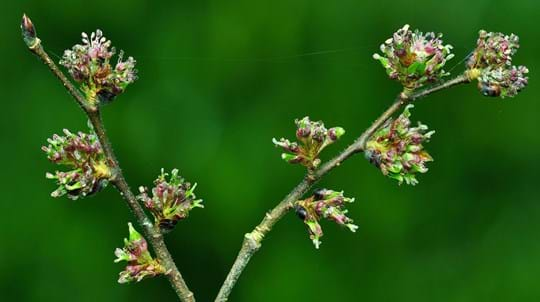
Trees woods and wildlife
A-Z of British trees
Our A-Z guide to British trees from native species to naturalised and widely planted non-natives.
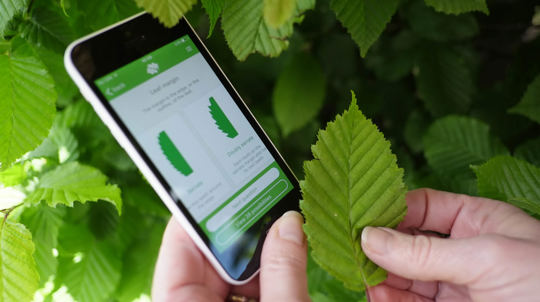
Trees woods and wildlife
Identify trees with our Tree ID app
Our free Tree ID app for Android and iPhone helps you identify the UK's native and non-native trees. It's an A-Z tree guide in your pocket.
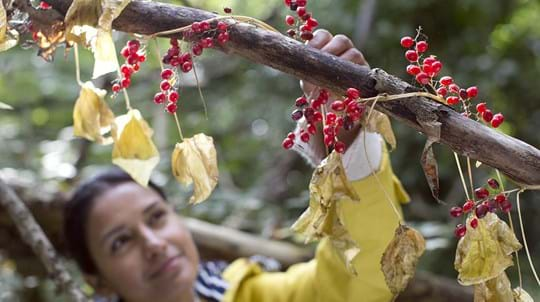
Trees woods and wildlife
How to identify trees
All trees have clues and features that can help with identification. You just need to know what to look out for with our quick guide.
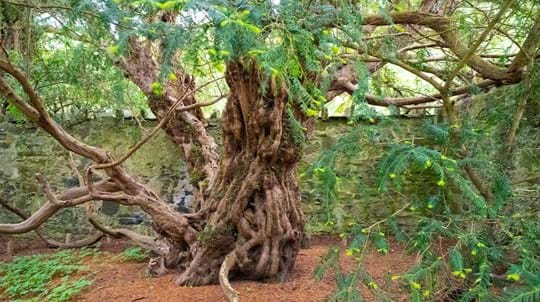
Blog
The oldest tree in the UK: how long do trees live?
Charlie Mellor • 29 Jan 2024
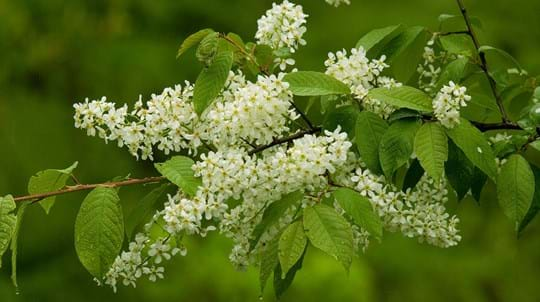
Blog
British trees and shrubs to plant: 14 native garden trees
Helen Keating • 08 Nov 2021
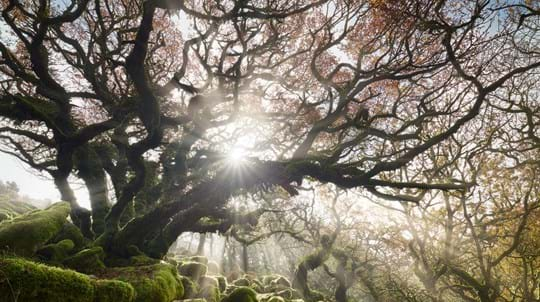
Plant trees
Why plant trees?
Whatever your reason for planting, trees have far-reaching benefits for all of us.

